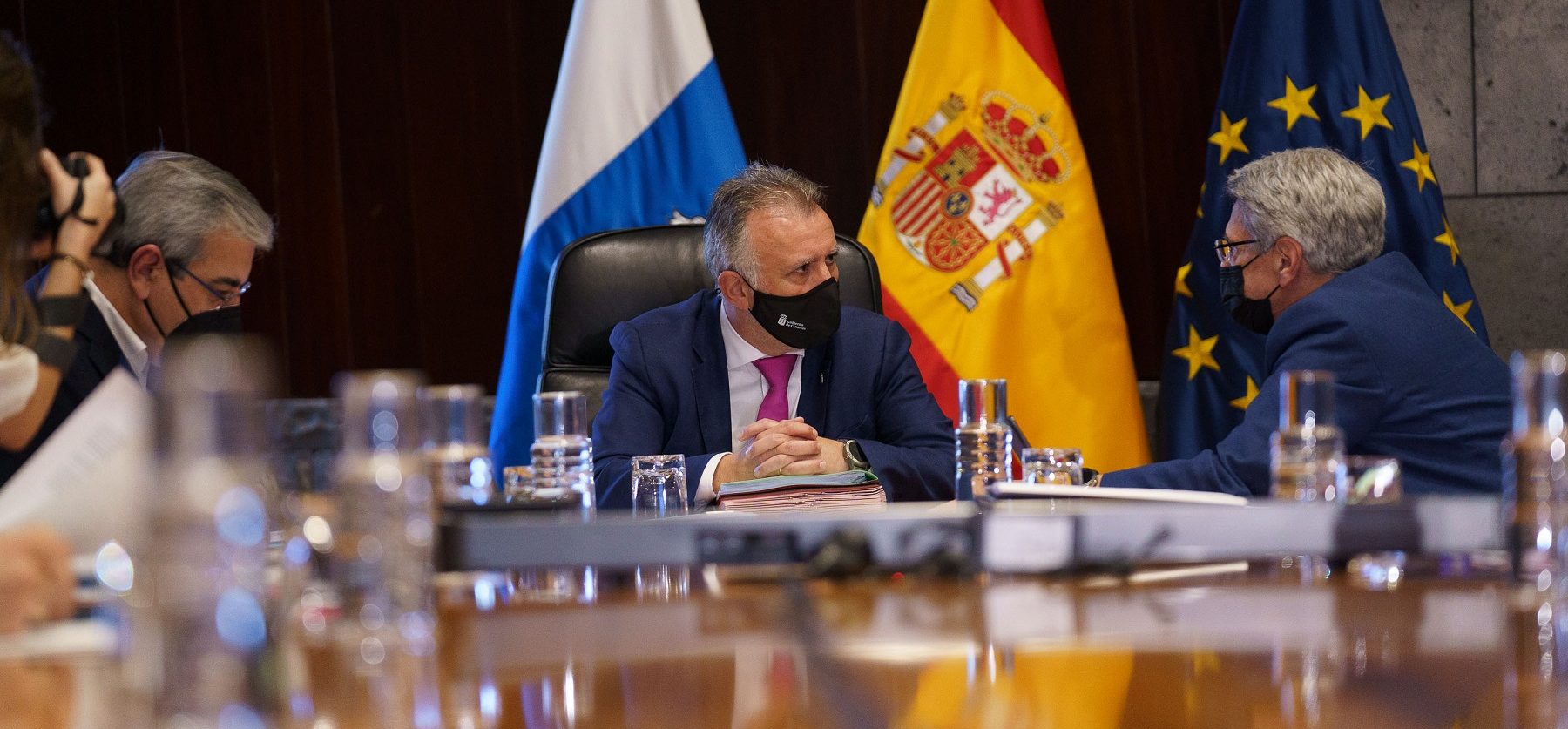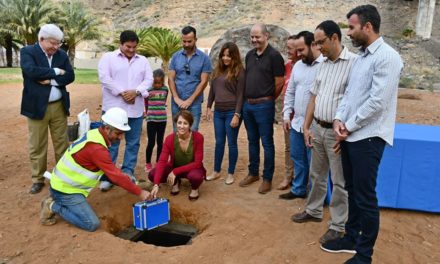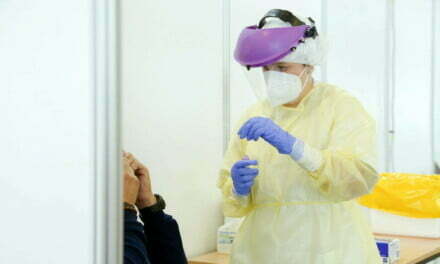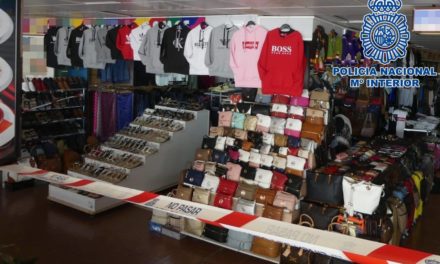The Canary Islands Governing Council (regional cabinet), has approved an agreement to limit restrictions and measures in force on all the islands, suspending them temporarily, based on health alert levels for each island.
 The elimination of the restrictions in force on the Canary Islands is part of the continuation of “progressive and prudent” de-escalation that the Autonomous Executive began in February. This agreement, in line with the measures adopted in the rest of the Spanish Sate and neighbouring countries, due to the new health situation as a result of the expansion of vaccination, in which the effects of the disease present milder manifestations. At the same time, the evidence shows that the Omicron variants present in our territory are not causing greater severity, although they cause a high incidence of virus transmission. This high incidence of transmission keeps the islands at the alert levels they are in, without increasing the impact on care pressure or significantly the occupancy of conventional or ICU beds. The temporary suspension of the restrictions, which will be published in the BOC on Friday, March 24, 2022, will be in force from 00:00 this Saturday, March 26, until at least April 30; Conditional suspension on each island continues to depend on the absence of a significant change in the current trend that indicates uncontrolled circulation of SARS-CoV-2 or a change changes in the epidemiological situation. Surveillance and control structures will remain operational to monitor the key indicators that make it possible to detect changes in epidemiological patterns, the appearance of new variants or greater impact on the healthcare system.
The elimination of the restrictions in force on the Canary Islands is part of the continuation of “progressive and prudent” de-escalation that the Autonomous Executive began in February. This agreement, in line with the measures adopted in the rest of the Spanish Sate and neighbouring countries, due to the new health situation as a result of the expansion of vaccination, in which the effects of the disease present milder manifestations. At the same time, the evidence shows that the Omicron variants present in our territory are not causing greater severity, although they cause a high incidence of virus transmission. This high incidence of transmission keeps the islands at the alert levels they are in, without increasing the impact on care pressure or significantly the occupancy of conventional or ICU beds. The temporary suspension of the restrictions, which will be published in the BOC on Friday, March 24, 2022, will be in force from 00:00 this Saturday, March 26, until at least April 30; Conditional suspension on each island continues to depend on the absence of a significant change in the current trend that indicates uncontrolled circulation of SARS-CoV-2 or a change changes in the epidemiological situation. Surveillance and control structures will remain operational to monitor the key indicators that make it possible to detect changes in epidemiological patterns, the appearance of new variants or greater impact on the healthcare system.
Measures suspended
According to the agreement adopted, as of March 26, all the measures contemplated in Decree Law 11/2021 cease to be in force, that is, those related to capacity, closing times and limitation on the number of people allowed in meetings. In addition, it is no longer necessary to have prior authorisation to hold mass events and the ban on holding popular festivals and events has suspended. The ban on smoking and the sale and consumption of food or drinks on public roads have also been relaxed. Lastly, nightlife, sports and cultural activities will be able to take place under the same conditions as they did before the start of the pandemic.
Prevention measures in force
However, the importance of maintaining current transmission prevention recommendations is recalled, such as the use of the mask indoors, hand washing, ventilation and extreme care and prevention of transmission of the vulnerable.
Changes in alert levels
Starting next Monday, five alert levels are established (alert levels 0, 1, 2, 3 and 4), based on the indicators for use of care services. The alert level will be defined by the indicator of that block that has the highest level of risk.
Healthcare pressure
The occupancy of critical care beds reflects a downward trend, keeping all the islands at low risk for this indicator, except on Gran Canaria, which has been fluctuating between medium and low risk. The occupation of conventional beds is at medium risk on Gran Canaria and Tenerife, while Fuerteventura and Lanzarote oscillate between medium risk and controlled circulation. La Palma is at high risk in the occupation of conventional beds, while El Hierro and La Gomera are in controlled circulation. The rate of new hospitalisations for COVID-19 is at a low risk level on Gran Canaria, Tenerife and La Palma and in controlled circulation on the rest of the islands.
Change in the National Surveillance and Control Strategy
This temporary suspension of the limitations in the Canary Islands occurs after the change in the Coronavirus Surveillance and Control Strategy approved by the Inter-territorial Council of the National Health System, which, after the acute phase of the pandemic, contemplates surveillance of the expansion of the coronavirus focused solely on vulnerable areas and groups, on controlling severity and detecting new variants. The objective now is to establish monitoring indicators that allow the establishment of the appropriate control measures if necessary and favour the normalisation of health care after the acute phase of the pandemic, minimising the risks. The diagnostic strategy will be aimed at testing people with symptoms compatible with severe COVID-19 or with vulnerability factors, while the diagnosis and surveillance of people who have contact with vulnerable populations (health and socio-health workers), in addition to to helping to protect this group, and will make it possible to assess the level of virus circulation, changes in severity and early detection of possible seasonal increases in cases. The change in surveillance implies a modification of the COVID-19 monitoring indicators in which those associated with healthcare pressure are most relevant from now on. The indicators of accumulated incidences are suppressed, except for those over 60 years of age, and those of analysis of healthcare pressure are expanded.









